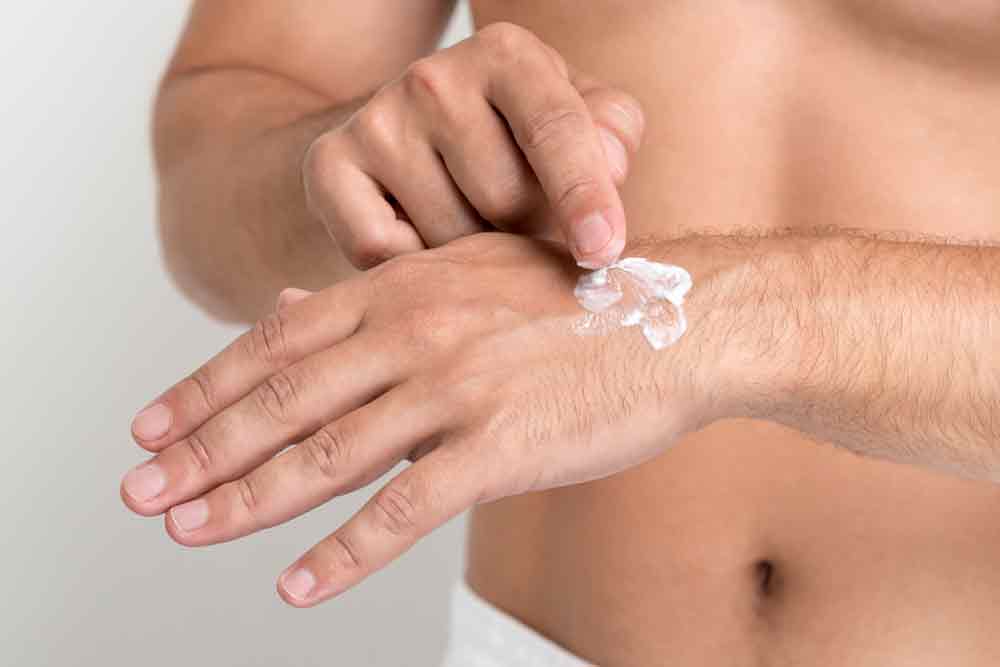Tapes are one of the most useful and protean particulars for any first– aider and a standard element in a British Standard biddable first aid tackle. They’re used to cover a crack, reduce the threat of infection and to grease mending.
still, you may be wondering what’s a waffle girth, and how is it different from a cohesive girth? What about conforming tapes? Let’s look at what kinds of tapes are available and which situations each is ideal for, If you ’re not familiar with first aid inventories.
Types of tapes in first aid
Waffle tapes
Waffle tapes are a woven, elasticated girth generally
made of cotton. They give contraction to injured areas as recommended by the PRICE system of injury treatment, but their pliantness still allows joints and muscles to flex. Their cotton material means that they’re washable and applicable and allow the skin underneath to breathe. They’re also frequently used for dressing retention.
ADS
Conforming tapes
Conforming tapes are veritably rubbery and, as their name suggests, conform nearly to the body’s silhouettes. These tapes are ideal for securing dressings in place, particularly on branches. They’re generally made with synthetic accoutrements that make them featherlight, fray resistant and permeable.
Cohesive tapes
Cohesive tapes are designed to stick to themselves, but not to skin or hair. This makes them quick and easy to apply and remove, not taking any tape recording or legs to hold them in place.
These tapes can be used both for holding crack dressings in place and for supporting and furnishing contraction to injured muscles or joints.
Open wove tapes
Unlike other kinds of tapes, open wove tapes arenon-elastic, and can be used to hold dressing in place without constricting or applying too important pressure to the crack. While their loose weave allows for good ventilation and helps the skin to breathe and avoid infection, it also means open wove tapes are infelicitous for PRICE remedy.
Cataplasm of Paris
Cataplasm of Paris tapes are used for creating casts to give rigid immobilisation of fractured or broken branches. These tapes are saturated with Cataplasm of Paris( calcined gypsum) and can be moulded to the branch formerly immersed in water, ahead snappily setting into a strong and solid cast. These tapes should only be applied by medical professionals.
What is the difference between tapes and dressings?
While dressings and tapes are analogous in some ways, they serve different purposes while working together to help an injury to heal. A dressing is a sterile compress or pad that’s applied directly onto an open crack to cover it and promote mending.
While dressings are designed to be in direct contact with a crack, tapes are frequently used to hold dressings in place. Tapes also serve numerous other purposes, similar as compressing an injury or forming a cast for fractures or breaks.
How long should you leave a girth on?
The length of time you should keep a girth on depends on severalfactors.However, you should check with a medical expert, If you ’re mistrustfulness. In general, you should keep wearing a girth until an injury is completely healed. In the case of an open crack, change tapes daily and keep the crack clean and wettish. When dealing with more serious injuries, always check with a medical expert for advice.
ADS
How does a girth help an injury to heal?
As there are several types of tapes that serve numerous different purposes, they help different injuries to heal in numerous ways. For illustration
When compressing an injury as recommended by the PRICE system, the external force applied by a girth helps to minimize swelling and give support to an injury.
When applied to retain a dressing, a girth ensures that dressings stay in place, furnishing the ideal terrain for a crack to heal.
When in the form of a cataplasm of Paris cast, a girth helps to hold a fractured or broken bone in place while it heals. It can also reduce pain, swelling and muscle spasms during the mending process.






